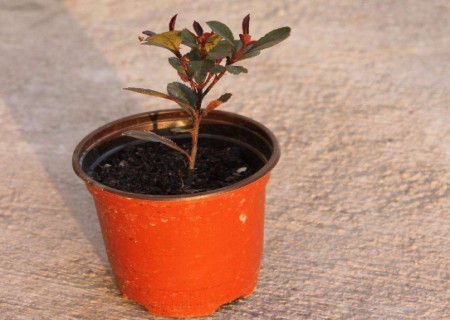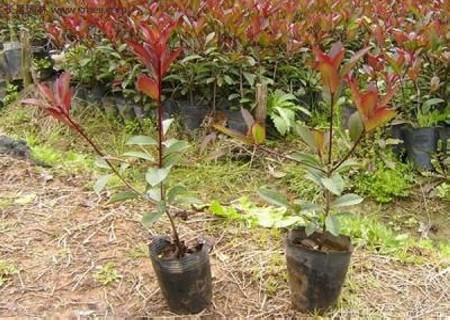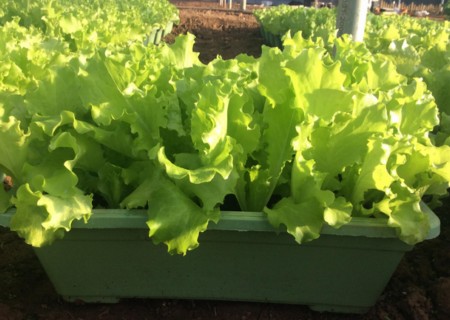How to plant red leaf heather balls
Photinia rubra is famous for its bright red new shoots and tender leaves, and its red color lasts for a long time, and its germination ability is very strong. It can be tapped many times, and it is more and more loved by the majority of friends. In addition to dwarfing it into shrubs in garden applications to achieve embellishment, it is also planted as a family potted plant by many potted friends for viewing.

In general, when the temperature rises above 10 ℃ in spring, Photinia chinensis begins to sprout buds and shoots, all of which are bright red. After the shoot stops, the bright red young leaves are displayed in front of the world in a beautiful manner in the process of growth. So, how to grow red leaf heather balls? The following editor would like to introduce several technical points of the red leaf heather ball in the planting process:
1. Proper allocation of soil
The soil environment of moderate planting of Photinia chinensis is relatively acidic, and the PH value is 6-6.5. moreover, the soil is required to be loose and breathable, good drainage and certain nutrients. It is recommended to ensure that the content of organic matter in the soil can reach 2%. In order to ensure that the basin soil is loose and ventilated, measures of loosening soil and weeding should be taken timely after basin transplantation.
2. Ensure water supply
Usually do a good job of watering, in order to meet the water needed for plant growth, especially in summer high temperature weather, in addition to watering, in order to achieve a certain air humidity, but also need to take water spraying measures. Because the lack of water in the basin soil will inhibit plant growth and accelerate the aging and discoloration of branches and leaves, but new branches and leaves can not germinate. Therefore, keeping the basin soil moist is the key link to ensure the normal growth of the plant.
3. Provide nutrient supply
Photinia przewalskii grows very fast under the condition of sufficient nutrients, and its branches and leaves are also very luxuriant, especially in the seedling growth period. If the nutrients are insufficient, it is easy to cause poor plant growth, or even slow growth. However, because the nutrients in the soil in the basin are limited after all, we can replenish nutrients for the plants by topdressing. It is suggested that dilute liquid fertilizer should be applied every 1-2 weeks in the growing season.
4. Take scientific pruning
Scientific pruning of potted plants can not only make them sprout more lateral branches, let branches and leaves grow more luxuriantly, but also create a beautiful shape and improve ornamental, so we must pay attention to pruning work. The pruning of Photinia rubra is mostly carried out in early spring, early summer, early autumn before sprouting or in the late stage of new shoots. Of course, as for the degree of pruning, it usually depends on the growth status of the plant, but it needs to follow the principle of "getting rid of the weak and staying strong", based on not affecting the beauty of the tree. Of course, during this period, we also need to pick the heart many times to promote the germination of new branches and make the tree shape more abundant.
5. Do a good job in pest control
Photinia rubra not only has many advantages, such as drought tolerance, barren tolerance, pruning resistance, but also has a very strong ability to resist diseases and insect pests, even if there is insect invasion, but also mainly scale insects, and the harmfulness is not strong enough, the destructive power is not strong enough. It can be sprayed and killed by drug diluents such as Dysen zinc and topiramate.
Time: 2019-05-24 Click:
- Prev

Planting technique of Photinia rugosa
Photinia chinensis, as a high quality tree species, has been widely used in family potted plants or plantations in recent years, and is being recognized by more and more families and seedling growers. Even mass production is easy to ship and sell, and the method of raising seedlings in containers is being widely promoted. Today
- Next

Planting techniques of potted heading lettuce
Heading lettuce is a variety of lettuce, also known as glass lettuce or group lettuce. Leaves crisp, tender and refreshing, can be eaten raw, cold or dipped in sauce, is the top grade of lettuce; can also be fried, do Lentinus edodes lettuce, Sautéed Lettuce in Oyster Sauce, is the main vegetable used in western food salad. Heading lettuce is rich in nutrition and has hypnotic and analgesic effects.
Related
- Fuxing push coffee new agricultural production and marketing class: lack of small-scale processing plants
- Jujube rice field leisure farm deep ploughing Yilan for five years to create a space for organic food and play
- Nongyu Farm-A trial of organic papaya for brave women with advanced technology
- Four points for attention in the prevention and control of diseases and insect pests of edible fungi
- How to add nutrient solution to Edible Fungi
- Is there any good way to control edible fungus mites?
- Open Inoculation Technology of Edible Fungi
- Is there any clever way to use fertilizer for edible fungus in winter?
- What agents are used to kill the pathogens of edible fungi in the mushroom shed?
- Rapid drying of Edible Fungi

